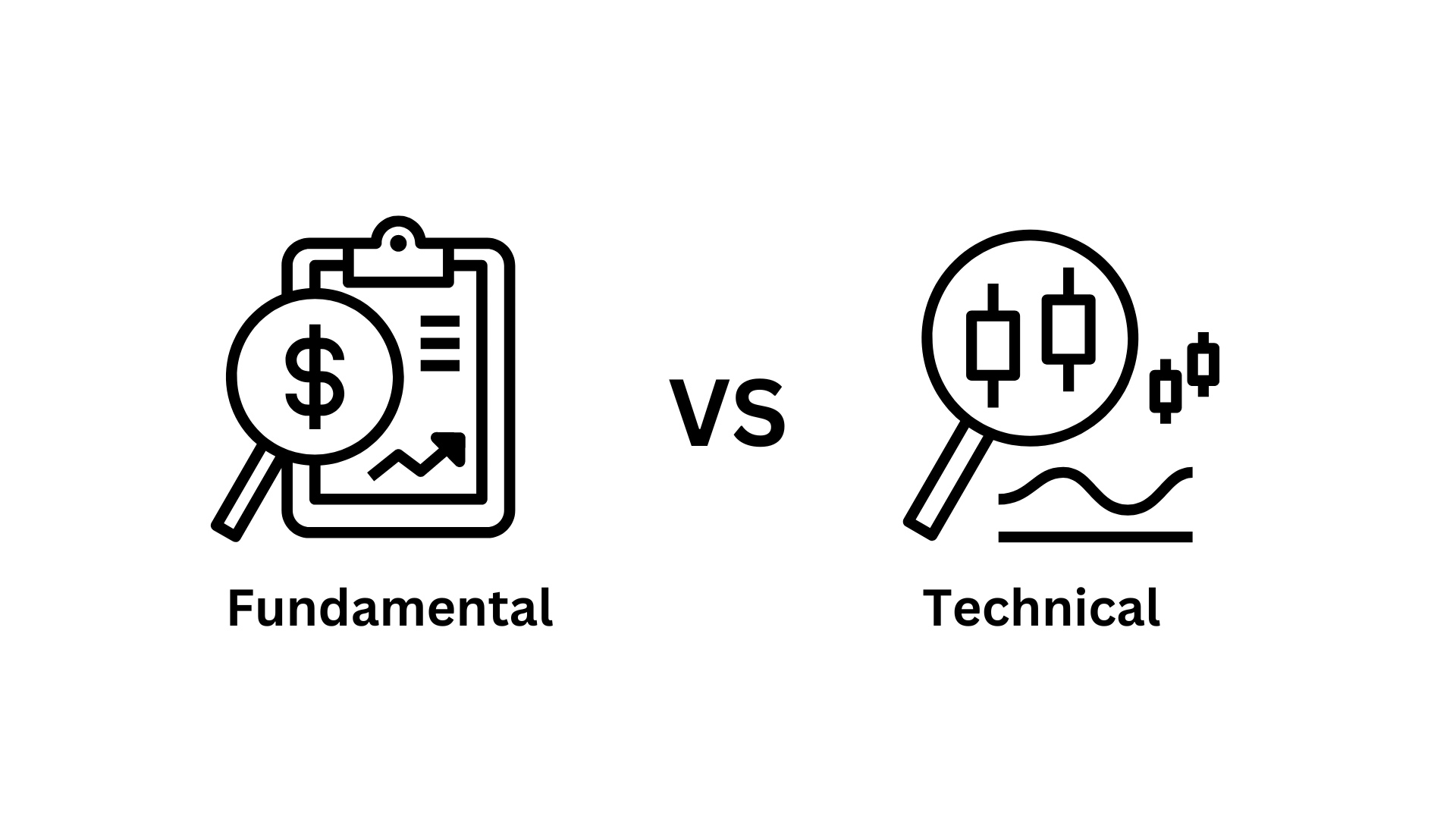Fundamental analysis and technical analysis are two distinct approaches used by traders and investors to predict future prices in the futures contract market. Each method relies on different sets of data and assumptions, and they have their own strengths and weaknesses. Here’s a comparison and contrast of the two:
Table of Contents
Fundamental Analysis
- Basis: Fundamental analysis is based on the underlying factors that affect the supply and demand for the asset being traded. It focuses on the economic, financial, and qualitative factors that can influence prices.
- Data and Information: Fundamental analysts examine a wide range of data, including economic indicators, financial statements, company news, geopolitical events, and macroeconomic trends. For commodities, factors like weather patterns and crop reports are crucial.
- Time Horizon: Fundamental analysis is typically used for longer-term investment decisions. It’s often associated with a buy-and-hold strategy rather than short-term trading.
- Assumptions: Fundamental analysis assumes that the intrinsic value of an asset will eventually be reflected in its market price. It seeks to identify discrepancies between an asset’s intrinsic value and its current market price.
- Factors Considered: Factors like earnings growth, interest rates, inflation, company management, and overall market sentiment are considered in fundamental analysis.
- Usefulness: Fundamental analysis is particularly useful for investors who are interested in the long-term prospects of an asset or who want to determine whether an asset is overvalued or undervalued.
Technical Analysis:
- Basis: Technical analysis is based on the belief that historical price and volume data can be used to predict future price movements. It focuses on chart patterns, trends, and statistical analysis of past market data.
- Data and Information: Technical analysts primarily use price charts, technical indicators (e.g., moving averages, RSI, MACD), and volume data. They pay less attention to the underlying fundamentals of the asset.
- Time Horizon: Technical analysis can be used for both short-term and long-term trading. Traders often use it to make short-term entry and exit decisions.
- Assumptions: Technical analysis assumes that historical price movements and patterns repeat themselves and that all relevant information is already reflected in the price.
- Factors Considered: Technical analysts do not consider factors like earnings or economic indicators. Instead, they focus on price patterns, support and resistance levels, and other technical indicators.
- Usefulness: Technical analysis is popular among traders who rely on short-term price movements and trends. It can help identify entry and exit points, but it may not provide insights into the underlying fundamentals of an asset.
Comparison:
- Data Sources: Fundamental analysis relies on a wide range of external data sources, while technical analysis primarily uses historical price and volume data.
- Time Horizon: Fundamental analysis is typically associated with longer-term investment, whereas technical analysis can be used for both short-term and long-term trading.
- Assumptions: Fundamental analysis assumes that market prices will eventually reflect intrinsic value, whereas technical analysis assumes that historical price patterns will repeat themselves.
Usefulness: Fundamental analysis is better suited for investors looking at the big picture, while technical analysis is favored by traders seeking short-term opportunities
Contrast:
- Data Used: Fundamental analysis considers a broader range of data, including economic, financial, and qualitative factors, while technical analysis relies solely on historical market data.
- Philosophy: Fundamental analysis is rooted in the belief that an asset has intrinsic value, while technical analysis disregards intrinsic value and focuses on price patterns.
- Tools: Fundamental analysis uses financial statements, economic reports, and qualitative assessments, while technical analysis uses charts and technical indicators.
- Time Frame: Fundamental analysis is often associated with longer holding periods, while technical analysis is commonly used for short-term trading.
- Market Efficiency: Fundamental analysis assumes that markets may not always be efficient, while technical analysis operates on the premise that prices reflect all available information.
In practice, many traders and investors use a combination of both fundamental and technical analysis to make informed decisions in the futures contract market, as each approach can provide valuable insights in different scenarios.




